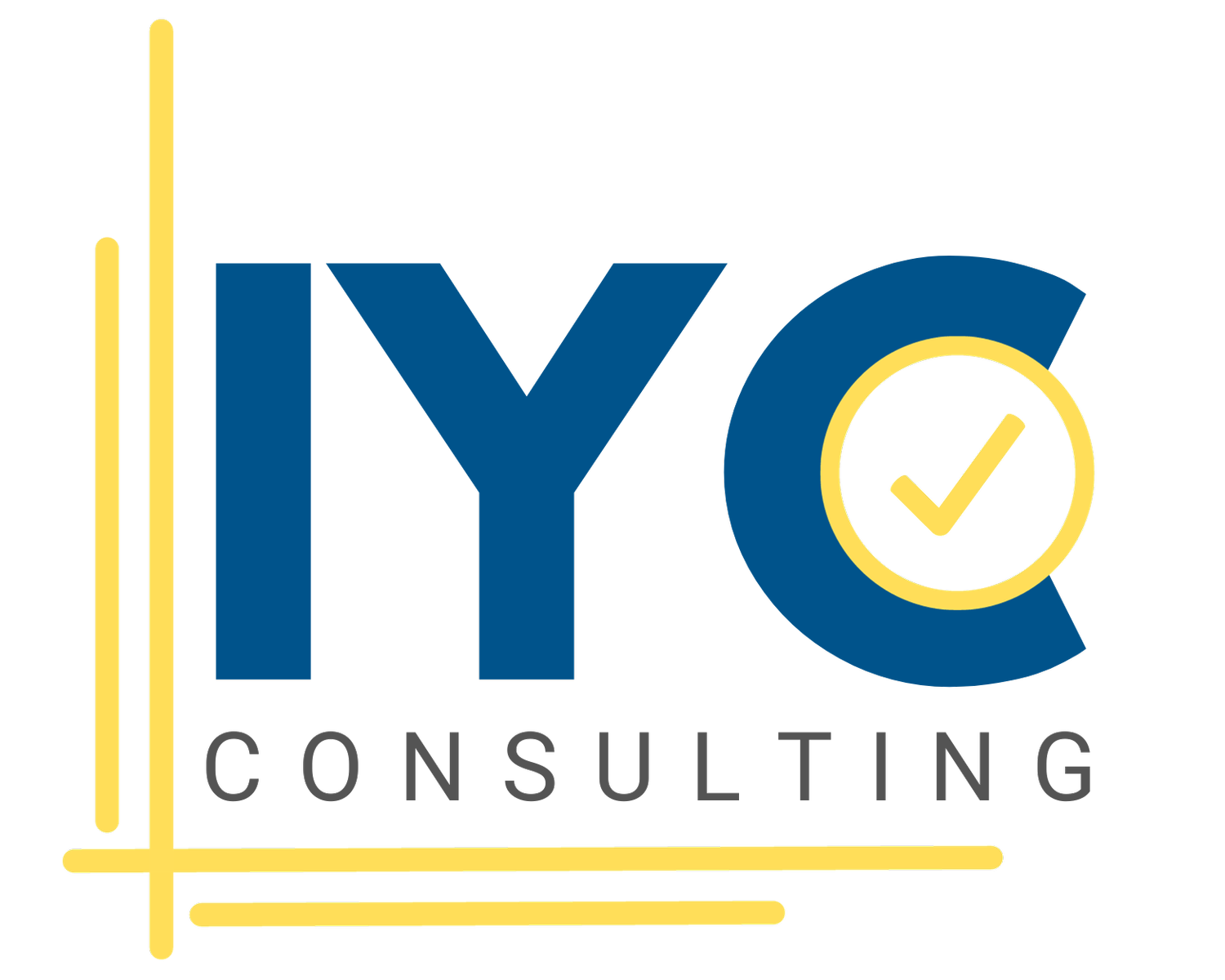Ohio DODD Claims Denials Are Here—What Providers Need to Know
As of the October 06, 2025 DODD Monday Memo, nearly half of Ohio’s Department of Developmental Disabilities (DODD) claims are going to be denied - not because services weren’t rendered, but because of a system that’s failing providers before they even have a chance to get paid.
The Inevitable Wave of EVV-Related Denials
Claims denials are officially here for the Ohio Department of Developmental Disabilities (DODD). Starting October 1, 2025, any claims with service dates on or after that date will face denials due to Electronic Visit Verification (EVV) non-compliance. The first round of denials has already started happening.
Why Is This Happening?
The 21st Century Cures Act requires states to implement EVV to verify that home- and community-based services are delivered as billed. However, a key fact often overlooked is that the Centers for Medicare and Medicaid Services (CMS) stated in a July 9, 2025 email that states are not required to deny claims due to EVV non-compliance.
In fact, several states across the U.S. have chosen not to issue denials at all while they work through technical and administrative issues. Ohio, however, is moving forward with full enforcement - regardless of ongoing complications.
Why Are Compliance Rates So Low?
The low compliance rate isn’t a matter of negligence - it’s a matter of confusion and system limitations. Through our work with multiple provider agencies, we’ve identified several consistent pain points that have impacted DODD compliance efforts:
Lack of Communication and Training
Many providers don’t know where to locate EVV error messages or how to interpret visit statuses in the state’s aggregator system. Without clear guidance, providers can’t effectively resolve the errors that block claims. While lots of outreach was done, may of the emails went to unmonitored accounts.Multiple Provider ID Conflicts
Some providers operate under more than one Ohio Department of Medicaid Provider ID. Unfortunately, DODD’s systems can only process one certification at a time - meaning DODD is checking only a single aggregator account, even though visits may be sitting correctly in others.Recipient Medicaid ID Issues
Since Ohio’s EVV system launched, recipient Medicaid IDs have been a persistent problem. Until July 1, 2024, the aggregator accepted any client file without validating the Medicaid ID. Even after providers corrected IDs in their alternate EVV systems, the aggregator often overwrote those corrections with outdated data.
Providers would only discover these mismatches after receiving remittance advice - or by manually reviewing their EVV Error Files, which was effectively the only indicator of an issue.Forced Discharges and Readmissions
The aggregator now forces providers to discharge and readmit clients just to correct IDs it will accept. There are a handful of vendors out there that have made changes behind the scene to avoid making providers do this, but most have not. This leads to:
- Operational inefficiency
- Duplicate or near-duplicate visits
- Increased compliance risks
- Hours of manual data entry
Providers have to manually re-enter every denied visit with the correct Medicaid ID just to get reimbursed - a process that’s both burdensome and error-prone.
The Cost of Waiting
The financial implications are serious. When denials begin, it can take months to correct issues and receive payment. For most provider organizations, operational budgets simply can’t sustain that kind of cash flow disruption. That’s why proactive compliance isn’t optional - it’s critical.
What Success Looks Like
Despite the challenges, there’s hope. Our team has worked closely with providers across Ohio to troubleshoot and correct EVV issues, achieving nearly 100% compliance for our clients. A small percentage remains pending due to vendor system tickets, but most are now protected from the impending denial wave.
Our success comes from understanding the full picture - not just how EVV works, but how the state’s aggregator, Medicaid IDs, and provider systems interact.
The Bottom Line
This isn’t just a technology issue. It’s a financial and operational risk that can destroy provider sustainability. Ohio’s EVV system has left many well-intentioned providers vulnerable.
Don’t wait for denials to hit your remittance advice. By then, it may already be too late to recover quickly.
If you’re unsure whether your agency is fully compliant, now is the time to review, correct, and verify your EVV data. Support is available - and collaboration is the only way we’ll get through this without devastating consequences for Ohio’s providers and the individuals they serve.

